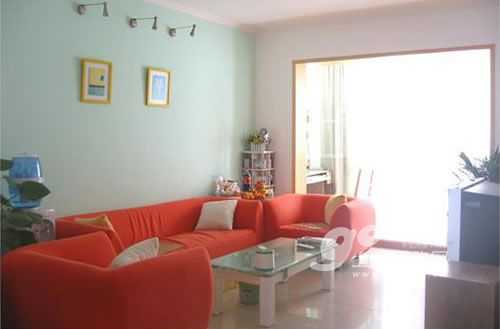>>> Decoration accessory safety adhesive "inside" can not be ignored Home decoration environmental protection has become the consensus of people's decoration. Many consumers pay great attention to environmental protection indicators when choosing wall paint, flooring, wallpaper, tiles and other decoration materials. However, in the renovation of the ubiquitous adhesive, its environmental protection is easily overlooked, unqualified adhesives often become the "invisible killer" of indoor decoration pollution. Differentiating and identifying adhesives In general, any non-metallic material that can adhere a material to the surface of another material and achieve certain physical and chemical properties can be called an adhesive. Adhesives used in decoration can be divided into the following categories according to their performance, characteristics and specificity: 1, white latex It is mainly applied to the bonding of wood keel bases, wooden bases and finished wooden surface laminates. It is also suitable for wall wallpapers, plastering of wall surfaces and increasing the strength of gels. The main component of white latex is a vinyl acetate monomer polymer that can be emulsified in water. White latex is glued by evaporation of water, and the operation is relatively simple and safe. The curing speed is faster at room temperature, the bonding strength is better, and there is basically no expansion and contraction, the bonding life is longer, and the bonding is elastic. 2,108 glue 108 glue 107 gel upgrade product, is a polyvinyl alcohol reaction synthesis of water-soluble colloid, this colorless and transparent new building materials, low formaldehyde content, good bonding properties, strong binding ability, anti-bacterial anti-aging . 108 glue is suitable for affixing wall and floor tiles in indoor normal temperature environment, and can also be used for wallpaper paste. However, the grass-roots should be compact without floating ash. If the wall surface is loose or smooth, an interface agent is required for interface treatment. 3, interface agent The interface agent is generally milky white glue with good permeability, which can fully wet the wall base layer, make the base layer dense, improve the interface adhesion of the smooth base layer, ensure the solid and reliable cement coating, and improve the adhesion of putty, mortar and wall surface. Strength, prevent emptying. The interface agent is suitable for the interfacial treatment of the wall surface scraping putty or the plaster before the plastering. It is also suitable for the cement lapping treatment of the basement wall surface pasting the tile, and it can also be applied to the pasting wall fabric. 4, floor, stone adhesive This kind of adhesive can be specially used for the bonding of the floor and the stone. The regular floor glue has a short solidification time, high bonding strength, and a long service life. The common stone adhesive is a marble adhesive and is mainly applied to various The marble docking, repair and installation of the finished sheet material, the marble glue solidified quickly, without expansion and contraction, but subject to impact fragile. In addition to the more commonly used adhesives, there are adhesives for wallpaper glue, glass glue, waterproof sealant, etc. In the decoration, the adhesive used by the construction team should understand its performance in detail, especially whether the environmental protection index can meet the standards. Avoid decoration pollution. Buy materials Formaldehyde wallpapers Marble cement Glass Floor tiles Home wallpapers Glass bricks Glass doors Marble tiles Home improvement Home tile adhesive Floor tiles Renovation Home ld tiles 
Carefully choose adhesives to protect family health
1 2 Next> Total 2 Page
Page to page